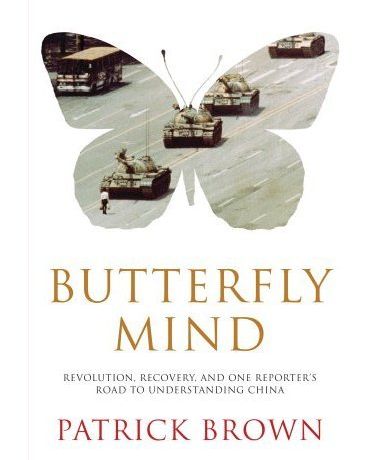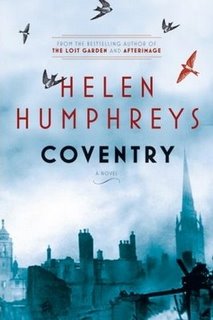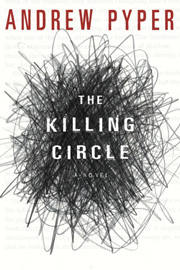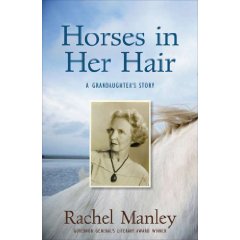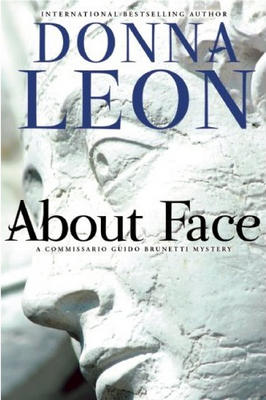 Donna Leon is a generous writer. Anyone who has read any of her seventeen mystery novels to date will know that she gives not one story but three.
Donna Leon is a generous writer. Anyone who has read any of her seventeen mystery novels to date will know that she gives not one story but three.
There is the central plot of crime and intrigue that holds the novel together. But always running alongside this is the enchanting story of the leading detective’s family life. And behind these themes is the ever-haunting presence of the city of Venice itself. Leon has lived there for over 25 years and writes about the beauty, the danger and corruption lurking in the exquisite palazzos, the sense of style, love of food and overall Venetian glamour that really takes you down the canals in the gondolas with her leading characters.
“About Face” has its own story of murder, which comes very close to the family of Guido Brunetti, the detective in charge. It is at a dinner party at the house of his father-in-law, Count Falier, that he meets a woman who turns out to be involved in his investigation into a suspicious death.
The violence is dangerous but does not overcloud an excellent detective story. Donna Leon has done it again; it’s a fine read.
Review by Anne McDougall
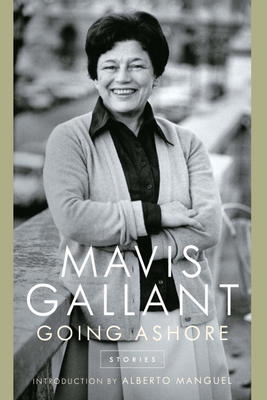 Mavis Gallant is our best-known expatriate writer. She has won all the top prizes Canada has to offer, including Companion to the Order of Canada, and is also recognized internationally as a Foreign Honorary Member of the American Academy of Arts and Letters, and a Fellow of the Royal Society of Literature.
Mavis Gallant is our best-known expatriate writer. She has won all the top prizes Canada has to offer, including Companion to the Order of Canada, and is also recognized internationally as a Foreign Honorary Member of the American Academy of Arts and Letters, and a Fellow of the Royal Society of Literature.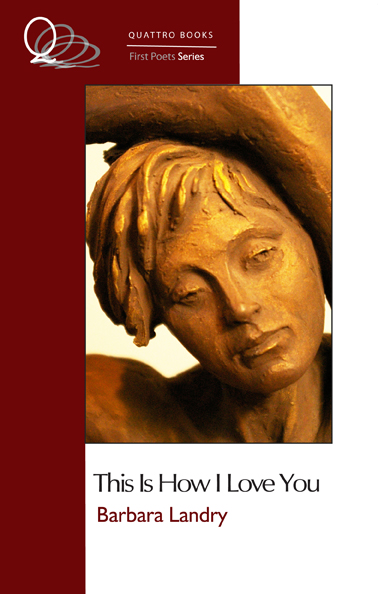
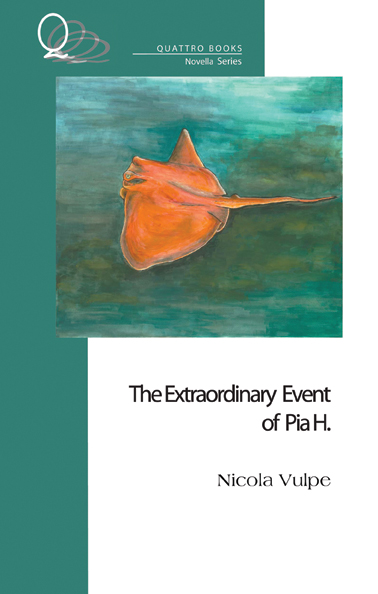 Nicola Vulpe will be signing copies of his new title, “The Extraordinary Event of Pia H.”, at Books on Beechwood. The event takes place on April 18th at 11am.
Nicola Vulpe will be signing copies of his new title, “The Extraordinary Event of Pia H.”, at Books on Beechwood. The event takes place on April 18th at 11am. 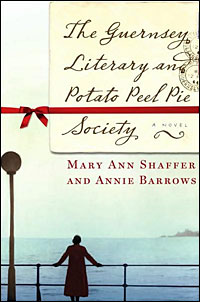 This is a simply delightful little novel set mainly on the island of Guernsey, the British island once occupied by the Nazis.
This is a simply delightful little novel set mainly on the island of Guernsey, the British island once occupied by the Nazis.